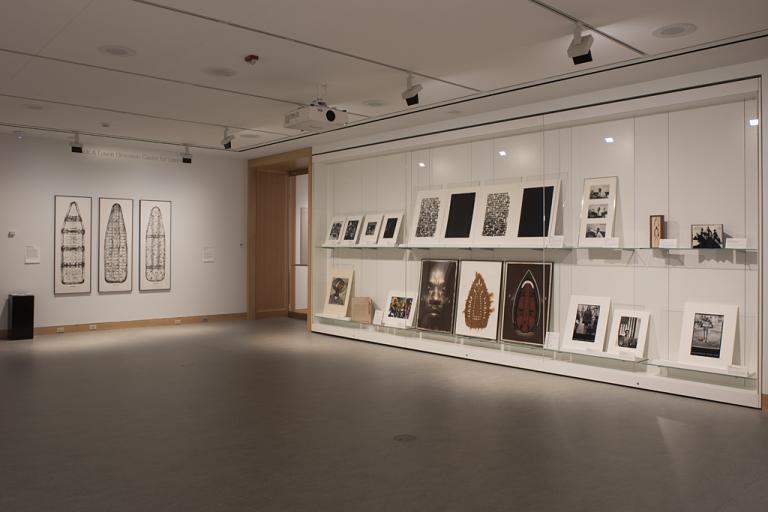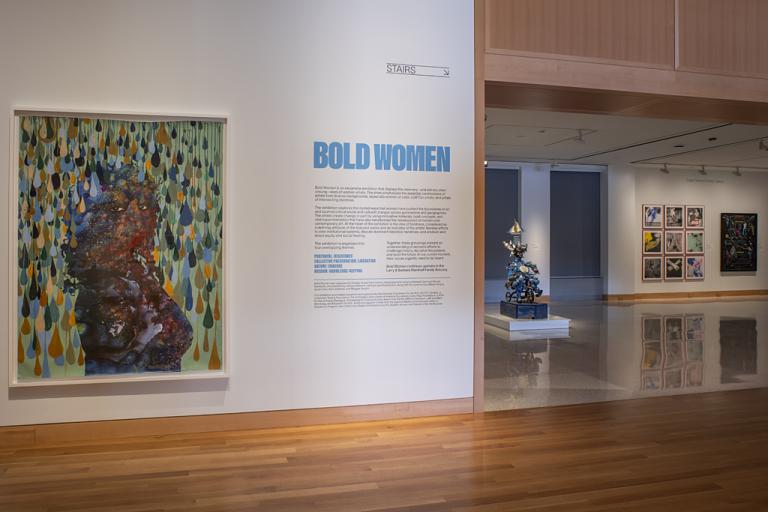The Hunt, Kara Walker; Landfall Press; Steve Campbell
Artwork Overview
Kara Walker, artist
born 1969
Landfall Press, publisher
active 1970–2004
Steve Campbell, printer
The Hunt,
1995
Portfolio/Series title: The Means to an End…A Shadow Drama in Five Acts
Where object was made: United States
Material/technique: etching; aquatint
Dimensions:
Sheet/Paper Dimensions (Height x Width): 895 x 591 mm
Sheet/Paper Dimensions (Height x Width): 35 1/4 x 23 1/4 in
Frame Dimensions (Height x Width x Depth): 36 1/4 x 25 1/4 x 1 in
Sheet/Paper Dimensions (Height x Width): 895 x 591 mm
Sheet/Paper Dimensions (Height x Width): 35 1/4 x 23 1/4 in
Frame Dimensions (Height x Width x Depth): 36 1/4 x 25 1/4 x 1 in
Credit line: Gift of Ann Jeffries Thompson in memory of Robert Raymond Smith (class of '78)
Accession number: 1997.0344.02
Not on display
If you wish to reproduce this image, please submit an image request








